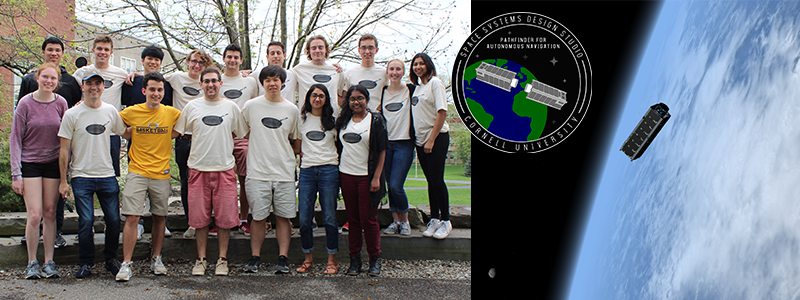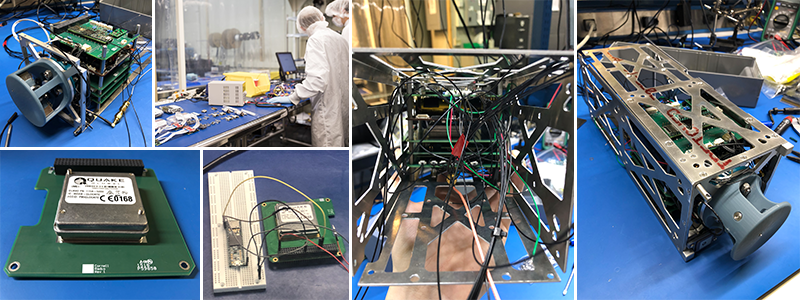Quake Global’s QLOCATE ™ is launching into orbit with Cornell University’s Cube satellites.
Paula Dycaico, Director of Marketing at Quake Global
On May 30th after 3 ½ years of hard work and research, a group of undergrad students at Cornell University will get a chance to watch a dream come true when they launch two small satellites into space for their Pathfinder for Autonomous Navigation (PAN) satellite mission. The launch is funded by NASA’s CubeSat Launch Initiative (CSLI) program. The mission is a proof of concept to see if these two satellites can autonomously connect or dock to one another in orbit without human intervention. In the past, any connection required a significant degree of human involvement and used large, complex systems that could only be carried by a large spacecraft. The PAN mission will show that autonomous satellite navigation systems can be miniaturized to a small size. The team hopes that in the future this technology could be used to autonomously assemble large space structures in orbit by launching small building blocks capable of autonomous docking.

PAN consists of two small spacecraft called CubeSats, each 10 x 10 x 30 cm, and is made possible due to the growing sector of microelectronics available on the market. Smaller components have enabled sending smaller spacecraft and the reduced price and microelectronics have allowed people to build increasingly smaller spacecraft that are faster and less expensive. Included in the launch will be the Quake Global QLOCATE, a tiny two-way modem designed for remote visibility and monitoring that communicates with satellite networks. This modem is so small it can easily fit in the palm of your hand. For more information about QLOCATE, click here.

Stewart Aslan, a Mechanical Engineering undergrad said his team selected the QLOCATE due to its robust design, small footprint (47.4 mm x 48.9 mm x 13.1 mm) and low power requirements which will allow the solar cells on the PAN spacecraft to power QLOCATE. Most small satellites communicate directly with a ground station on Earth, but this requires the spacecraft to be in direct view of the ground station, so communication is infrequent. Now, some small satellites are starting to use Iridium modems like QLOCATE which have the potential for continuous global communication coverage and eliminate the need for a ground station. This innovative autonomous docking of satellites has never been done before and Stewart Aslan and his team of 11 undergrad students under the leadership of Professor Mason Peck have been looking forward to this event for a long time. There is no end to the exciting possibilities for using this technology.

Comments (0)